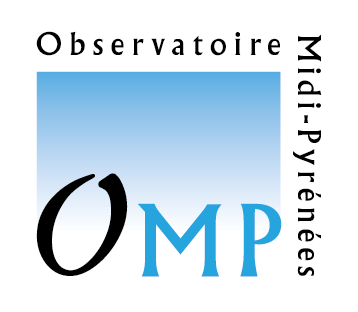A-type stratoid granites of Madagascar revisited: Age, source and links with the breakup of Rodinia
Résumé
The stratoid granites of Madagascar are sheet-like granite sills emplaced conformably to the schistosity of the Antananarivo and Ikalamavony domains of the Precambrian basement. Most of them are fine-grained rocks with A-type affinities. They belong to two different plutonic suites: the Kiangara Suite north of Antananarivo and the Imorona–Itsindro Suite recognized in the whole central Madagascar. Stratoid granites are everywhere characterized by the same structural pattern evidencing two deformation events. The first event (D1 characterized by foliations mildly dipping to the west and lineations trending WSW) was coeval with synkinematic magma emplacement. The second one, responsible for local reworking in ductile conditions, is regarded as the result of late Pan-African transcurrent tectonics along N–S striking shear zones. New in situ U–Pb zircon dating from both suites yields similar results evidencing two group of ages: upper intercept ages of 790–780 Ma regarded as crystallization ages, and younger ages of ca. 555 Ma corresponding to a metamorphic overprint. These new data suggest that both plutonic suites in central Madagascar were emplaced at 790–780 Ma. New Sm–Nd isotopic data from the Kiangara Suite support the existence of two granite groups. The first group has εNd(t) at −15 and is likely derived from partial melting of the late Archaean crust. The second group made of granites with a more pronounced A-type nature and comagmatic syenites has εNd(t) at −12 evidencing the contribution of mantle melts. Mafic enclaves with εNd(t) ranging from −5 to −11 encompass the Nd isotopic signature of coeval Itsindro gabbros, which are regarded as derived from a subcontinental lithospheric mantle source. The interpretation of both structural and isotopic data is consistent with crustal thinning and extension during a Cryogenian Rodinia rifting stage at 790–780 Ma, that left a major imprint in central Madagascar. Separation from a conjugage margin represented by the North China craton is suggested. The Pan-African influence is limited to reheating, tectonic reworking and fluid transfer in the vicinity of late-Neoproterozoic (∼550 Ma) shear zones.

